Ascending the staircase of the Foundling Museum, visitors pass a string of governors and trustees – all men – with distant gazes. Some survey us from orderly desks while others, swaddled in robes, perch stoically on throne-like seats. But, for all their gravitas, you might miss them. Each seems to recall another, while collectively they soon fade into the background of every museum we have ever been to. Like walls without wallpaper, their absence might startle us more.
This is precisely the disruptive effect that is achieved by ‘Ladies of Quality and Distinction’, a gathering of 21 portraits of the very earliest supporters – all women – of the petition Thomas Coram presented in 1735 to George II, which first proposed a hospital for foundlings. For four months these portraits fill the Picture Gallery, which is usually reserved for a permanent collection in which men take pride of place.
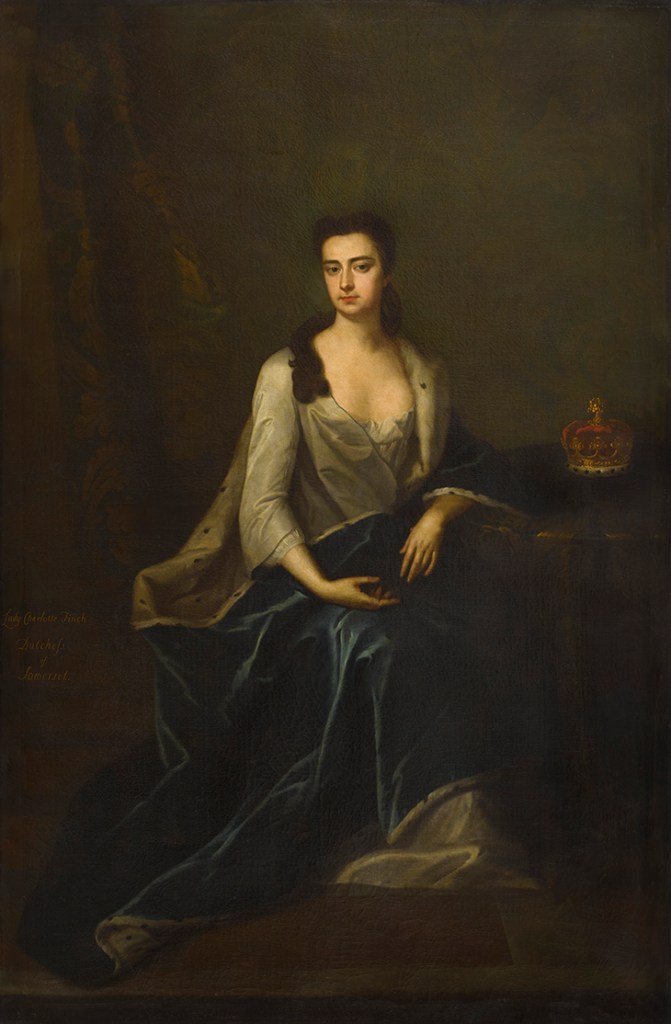
Charlotte, Duchess of Somerset (1720–40), attributed to Charles D’Agar Courtesy Lord Egremont
The exhibition is the Foundling Museum’s contribution to the marking of a century of women’s suffrage. It brings to light how women have long participated in shaping the nation’s social consciousness, with a few fortunate enough to hold real political sway. Coram knew from the start of his campaign that he needed allies with access to the king, but struggled to convince noblemen that it would be a worthy cause. Eventually he thought of turning to their wives, many of whom were members of an intimate social network, to further his cause.
The portraits, traced from across the country by 18th century specialist Elizabeth Einberg, come from a similar period as the petition and, where possible, show the women on their own and without husbands or children. The focus is on the signatories as individuals, each with their own motives and many visibly young. Next to the portrait of Thomas Coram is that of Charlotte, Duchess of Somerset, in a painting that is thought to be by Charles d’Agar. When Coram visited her at Petworth House on 9 March 1729, she became the first person to sign the petition.
An exhibition booklet offers short biographies of the sitters. Each one adds intriguing and often charming insights. Take, for example, Isabella, Duchess of Manchester, who is depicted by Andrea Soldi in an arresting allegorical pose as the Goddess Diana, with a moon in her crown, a magnificent leopard-skin cloak, bow and arrow and elegant dog. Her first marriage was a success and during the courtship she was described as ‘in the paradisial state of receiving visits every day from a passionate lover’. Her second husband, whom she helped to become the 1st Earl of Beaulieu, was 15 years her junior.
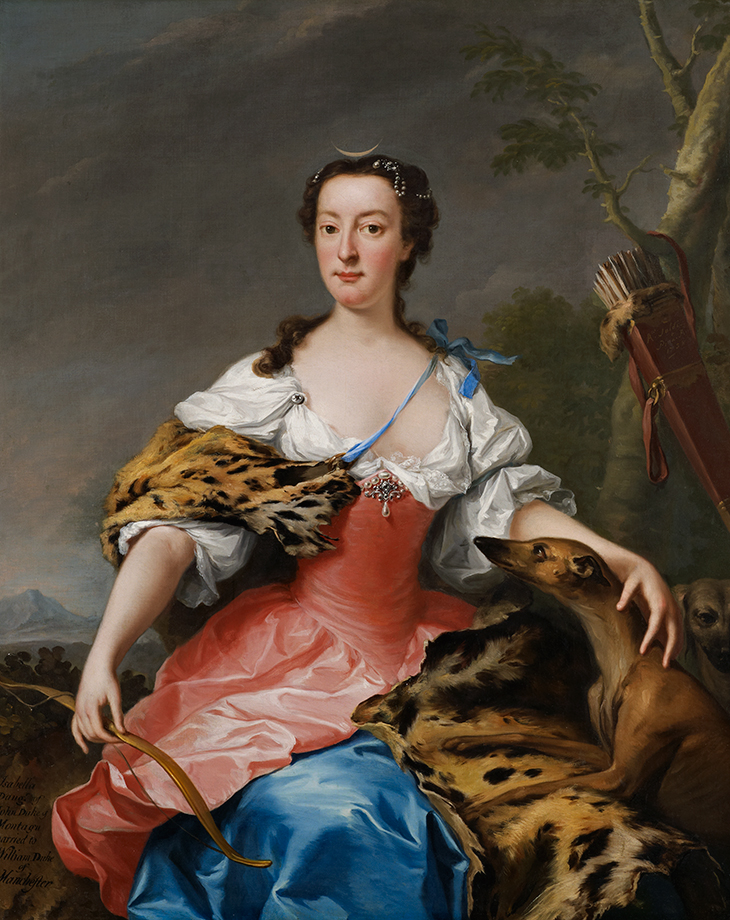
Isabella, Duchess of Manchester (1738), Andrea Soldi. Whitfield Fine Art.
Many of the women were accomplished figures in their own right. Dorothy, Countess of Burlington, shared an interest in the arts with her far more famous architect husband, producing her own portraits and caricatures, of which 24 are in the collection at Chatsworth. Her other loves were theatre and opera; she was a patron of Garrick and Handel. She is portrayed by William Aikman side by side with her husband, very much as equals – and apparently comparing notes.
Frances, Countess of Hertford, an early advocate of English landscaping who installed a grotto at her house, was a published poet who was in turn the patron of Isaac Watts, James Thomson and John Dyer, among others. She appears in a particularly grand canvas by John Shackleton, wearing her robes of state – much like Margaret, Duchess of Portland, in a neighbouring work by Thomas Hudson. Margaret, an heiress and the richest woman in Britain of her day, divided her time between a collection of natural specimens and antiques (with which she filled The Portland Museum) and the Blue Stockings Society, a circle of prominent female intellectuals.
Two of Coram’s signatories had specifically philanthropic interests. Mary, Countess of Harold, seen only in a copy of a lost portrait in which her riding clothes cut a masculine figure, administered the charities mentioned in her father’s will, among them a school for poor children. Soldi depicts Selina, Countess of Huntingdon, and family in a suitably austere work that reflects her devotion to the Methodist church, for which she left a considerable sum in her will. She may also have had a wilder side. In 1737 she rallied a group of women to storm a debate in the House of Commons from which they had been excluded.

Frances Berkeley, Baroness Byron (c. 1736), William Hogarth. Barnsley Museums, Cannon Hall collection
Other works of artistic interest include a jewel-like image of Frances, Baroness Byron by Hogarth – a prominent supporter of Coram. She poses on a balcony in a dress of resplendent white while beside her a spritely lapdog leaps into the air. Sir Godfrey Kneller’s depiction of Anne, Dowager Baroness Torrington, is strikingly modern. Comparatively cropped and dimly lit, Anne’s upper body emerges from obscure shadows and her gaze, somehow more intense than the others, holds us at a guarded distance.
Downstairs the exhibition continues with stories of the women at the heart of the hospital after it was up and running, from advisors and inspectors to matrons, wet nurses and scullery maids. It needs time to be enjoyed, as the objects, presented fresh from the archives, contain many easy-to-miss anecdotes, such as that of the 20-year-old maid Hannah Pestall, who, in 1871, was lucky to keep her job after ‘gentlemen were found being entertained in the laundry’.
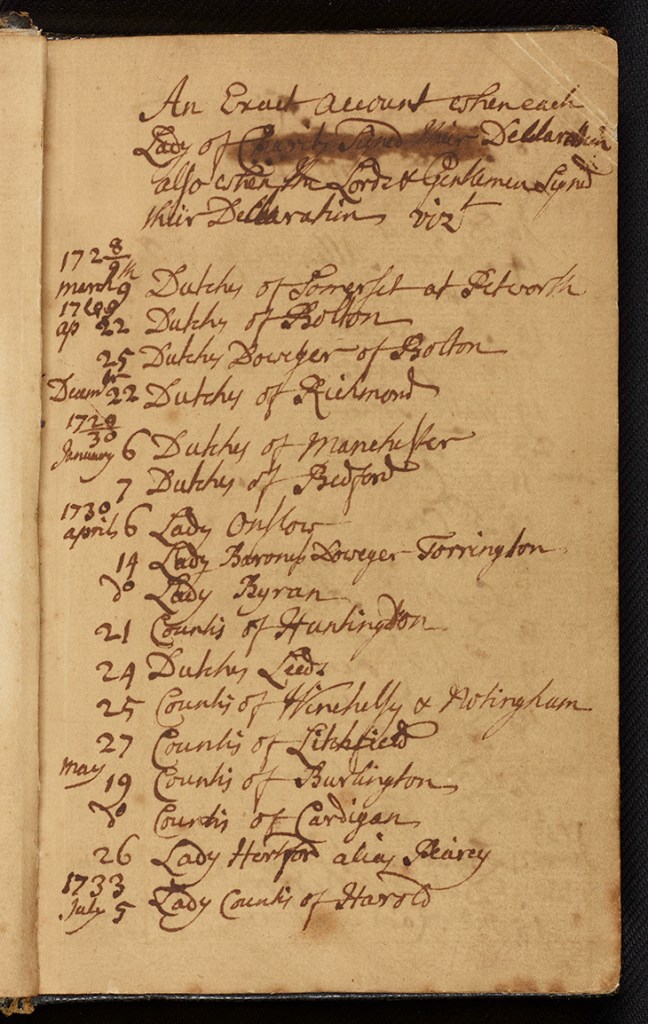
Thomas Coram’s pocket book (c. 1720–39). The Foundling Museum, London
Although it was a catalyst, Coram’s petition of 1735 failed. The hospital was not founded until 1739, after Coram presented the king with a charter listing 375 signatories – all men, many of whom were the husbands, brothers and sons of his first supporters. The moment it was presented, the role of the 21 women whose portraits are now in the Picture Gallery was effectively erased from history and, without the original petition, it is only through Coram’s own accounts that the curators of this exhibition have been able to recover their names.
The visual testimony found in ‘Ladies of Quality and Distinction’ is a turning point in the museum’s efforts to reconsider the origins of the Foundling Hospital. It also speaks to the power of portraiture as a way of recording history through people. The room reunites the women through a shared cause, but each work on its own is a glimpse of a unique life.
‘Ladies of Quality and Distinction’ is at The Foundling Museum, London, until 20 January 2019.
Unlimited access from just $16 every 3 months
Subscribe to get unlimited and exclusive access to the top art stories, interviews and exhibition reviews.

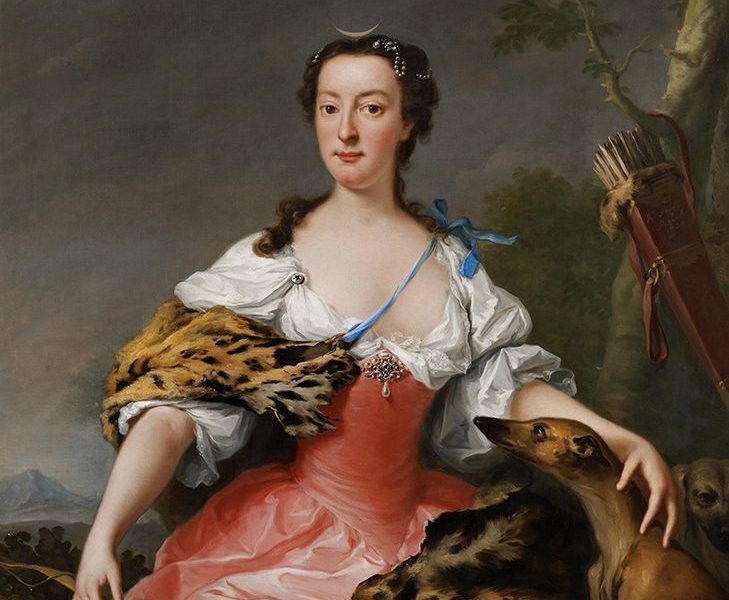
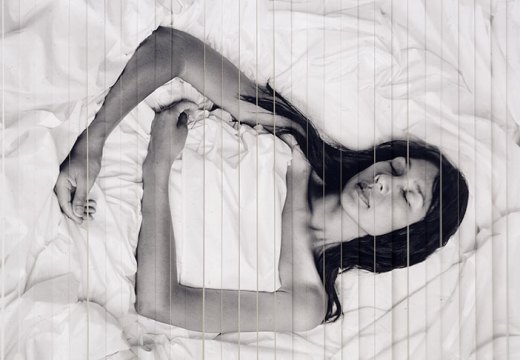
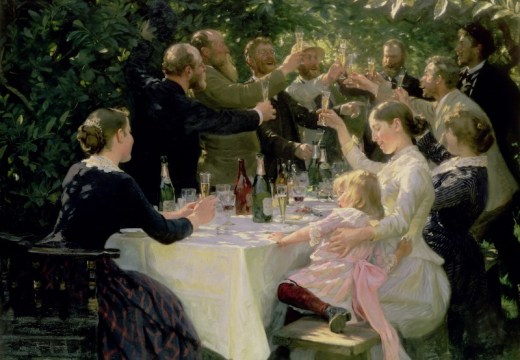
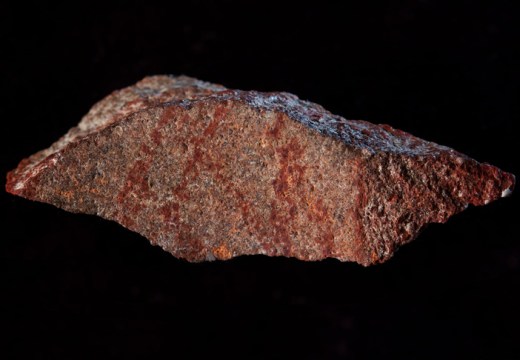









![Masterpiece [Re]discovery 2022. Photo: Ben Fisher Photography, courtesy of Masterpiece London](http://www.apollo-magazine.com/wp-content/uploads/2022/07/MPL2022_4263.jpg)
It’s time for the government of London to return to its rightful home